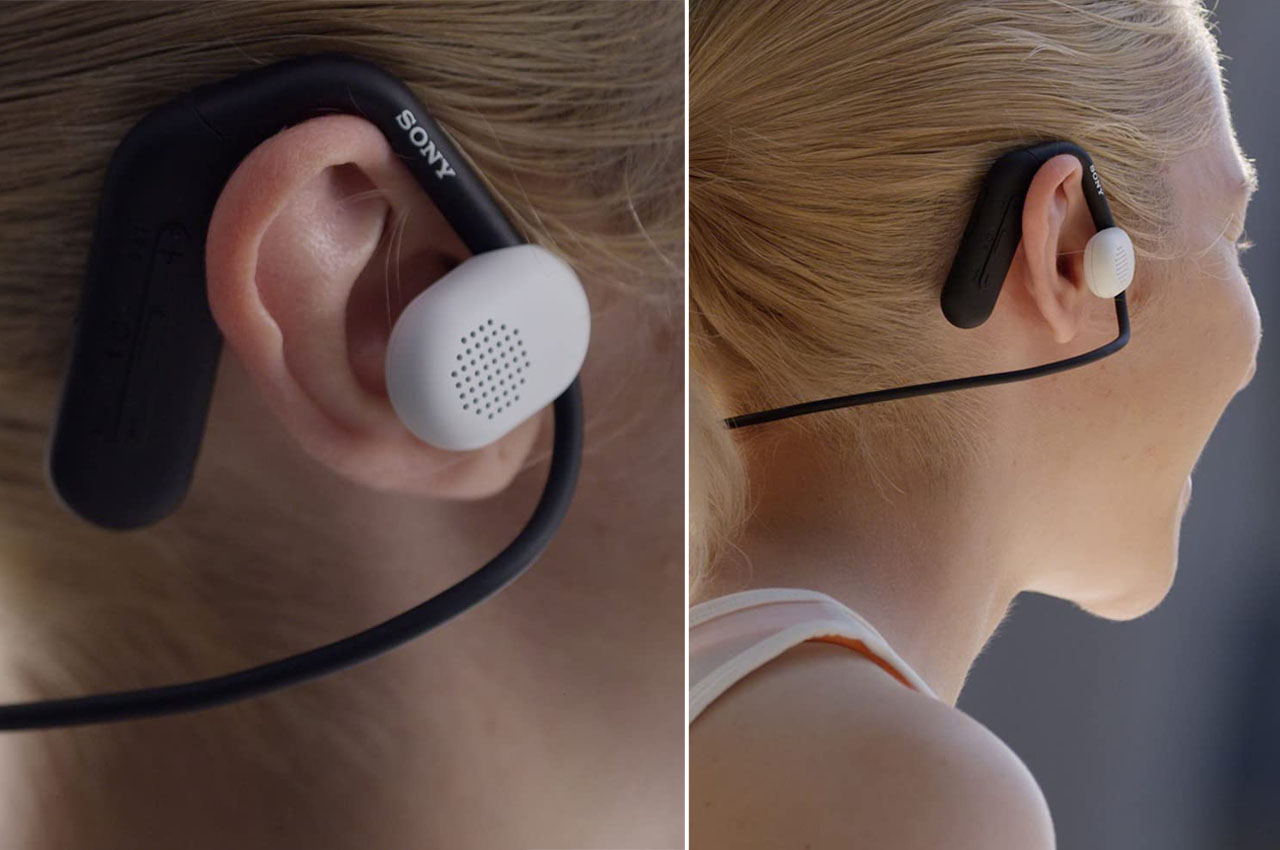
The running community is used to the regular wireless earphones with ANC and splash-proofing. For the first time, there is a company that thinks the runners – and those involved in active sports – need a specially tailored pair of earphones, which is a little more. And who better to do that than Sony!
The masters of good sound and design excellence have revealed the Float Run (available on Amazon), which forgoes the traditional in-ear design for an off-ear style that allows the earbuds to rest outside the ear while holding snug with a clip-on, over-ear extension and a flexible neckband.
Designer: Sony

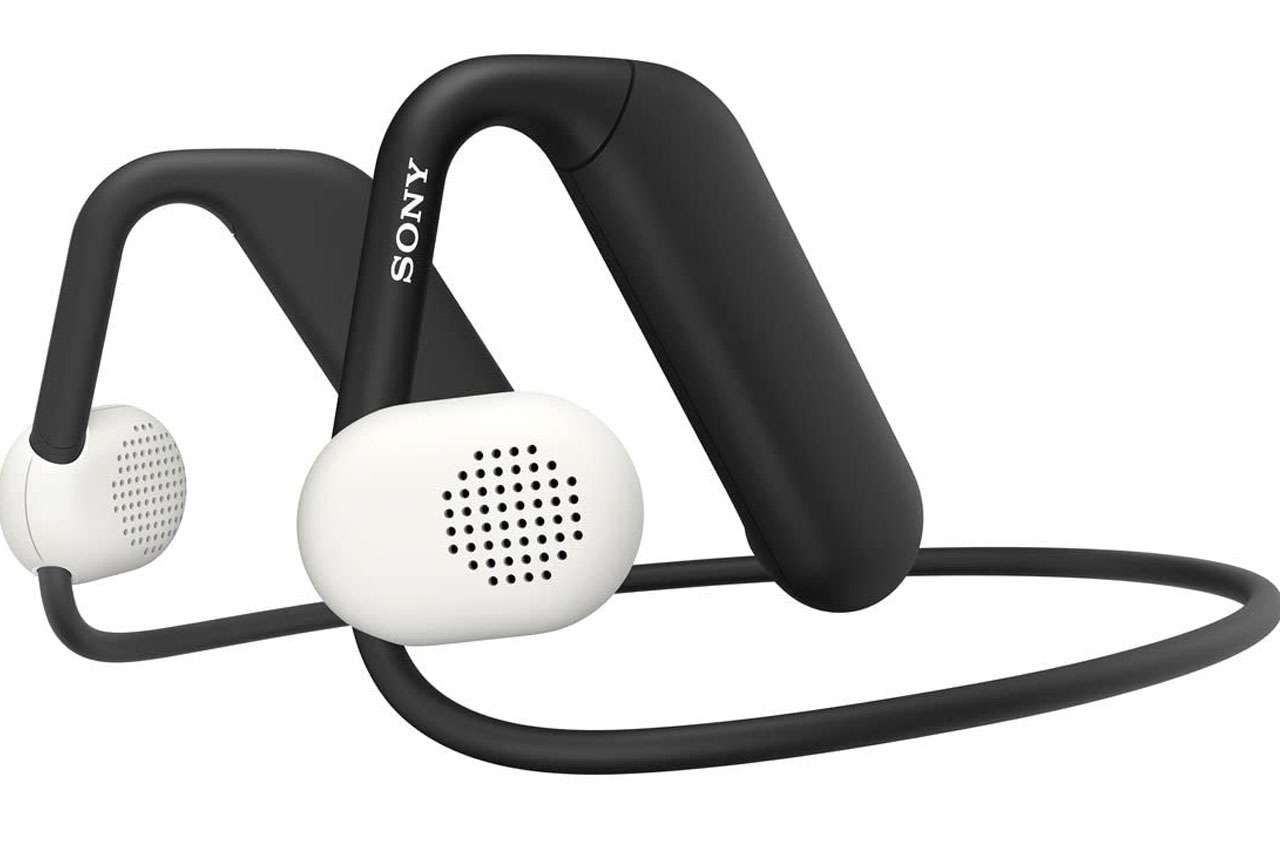
Those who remember bone conducting earphones would recognize the design instantly. Sony Float Run is engineered to be worn outside the ear, somewhat like the bone conducting ones that are clipped to the ear lobe. I have used this type of earphones; the sound and efficacy are not compromised but there is a pain point, they tend to release the sound outward so people around can hear what you are listening to.
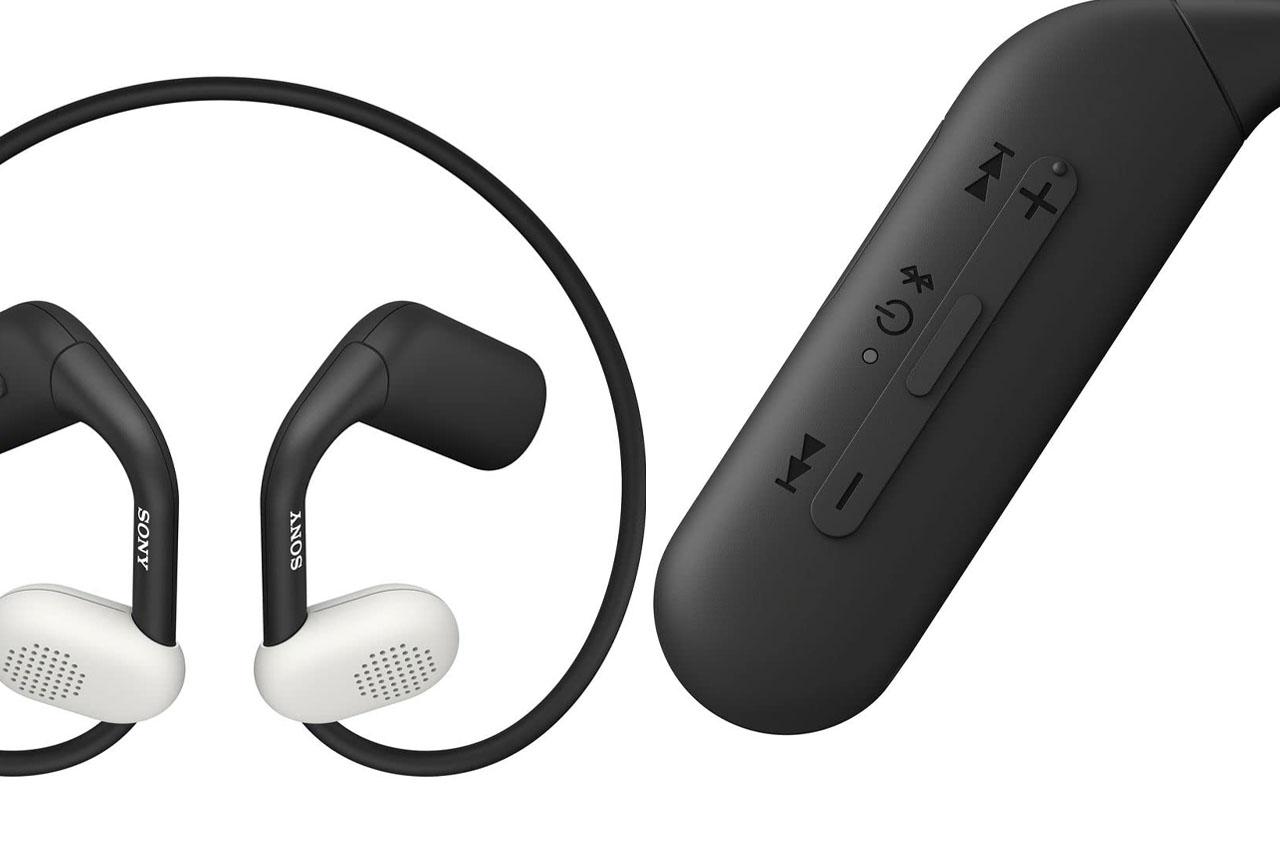
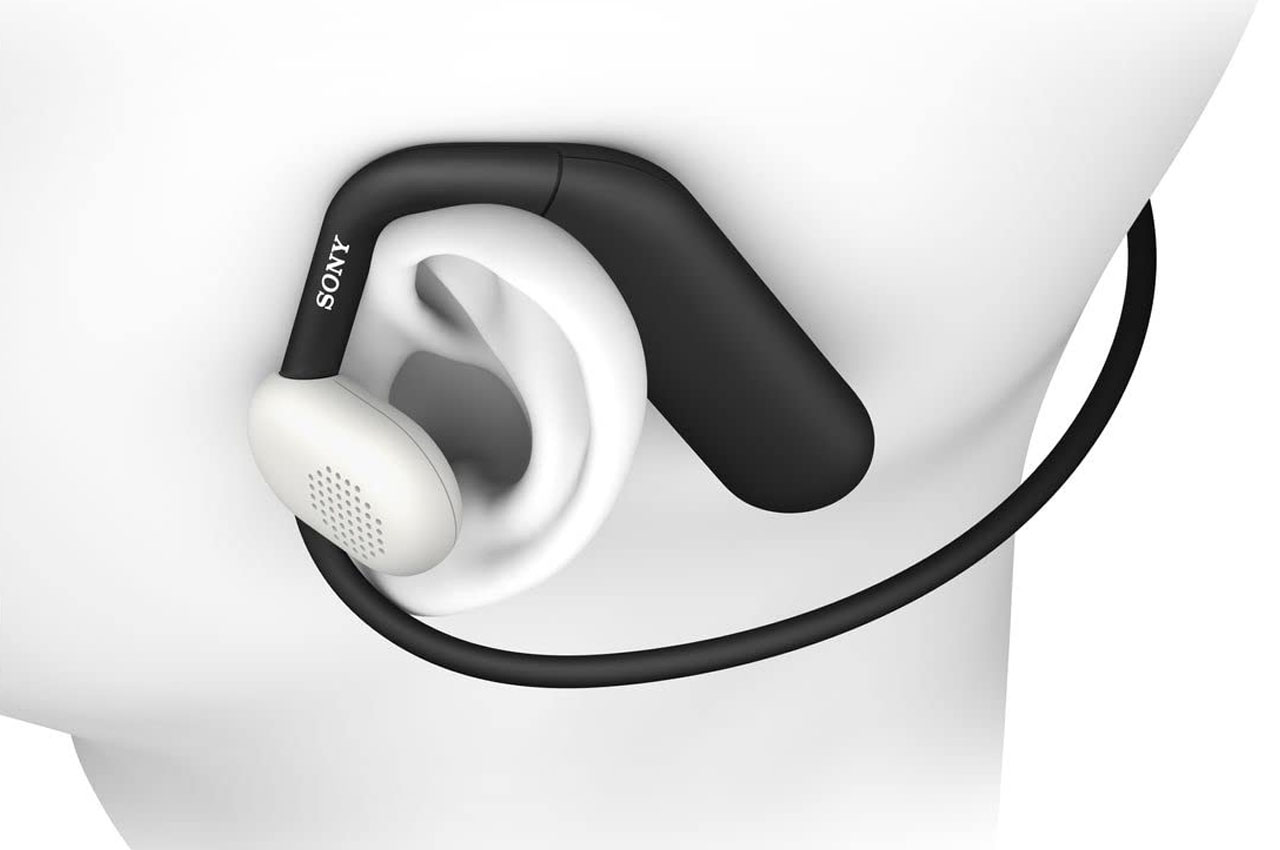
How much has Sony figured that out and plugged the pain point is going to clear up only with use – we were not able to find clear evidence to this – but what we are clear about is that the Float Run is a comfortable fit and delivers high-quality sound to the listener.
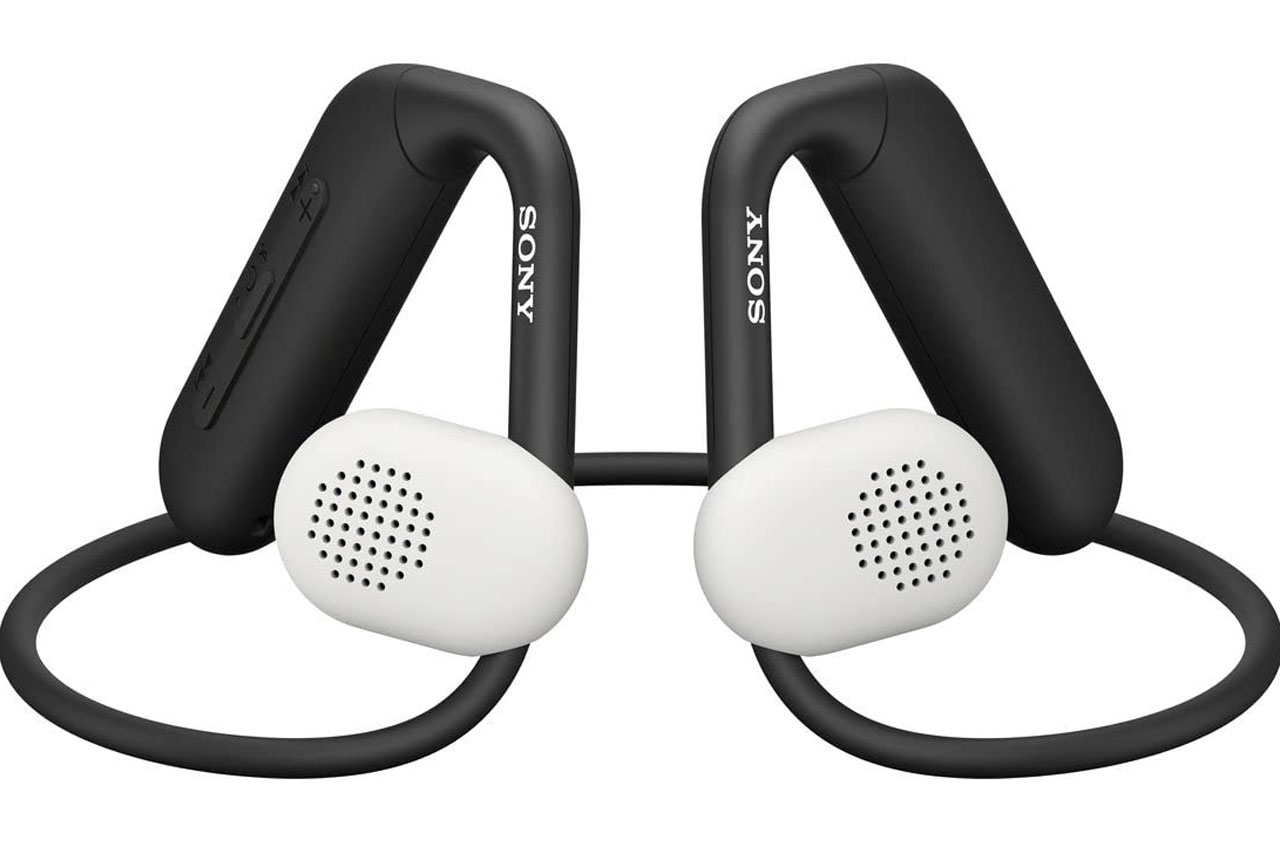
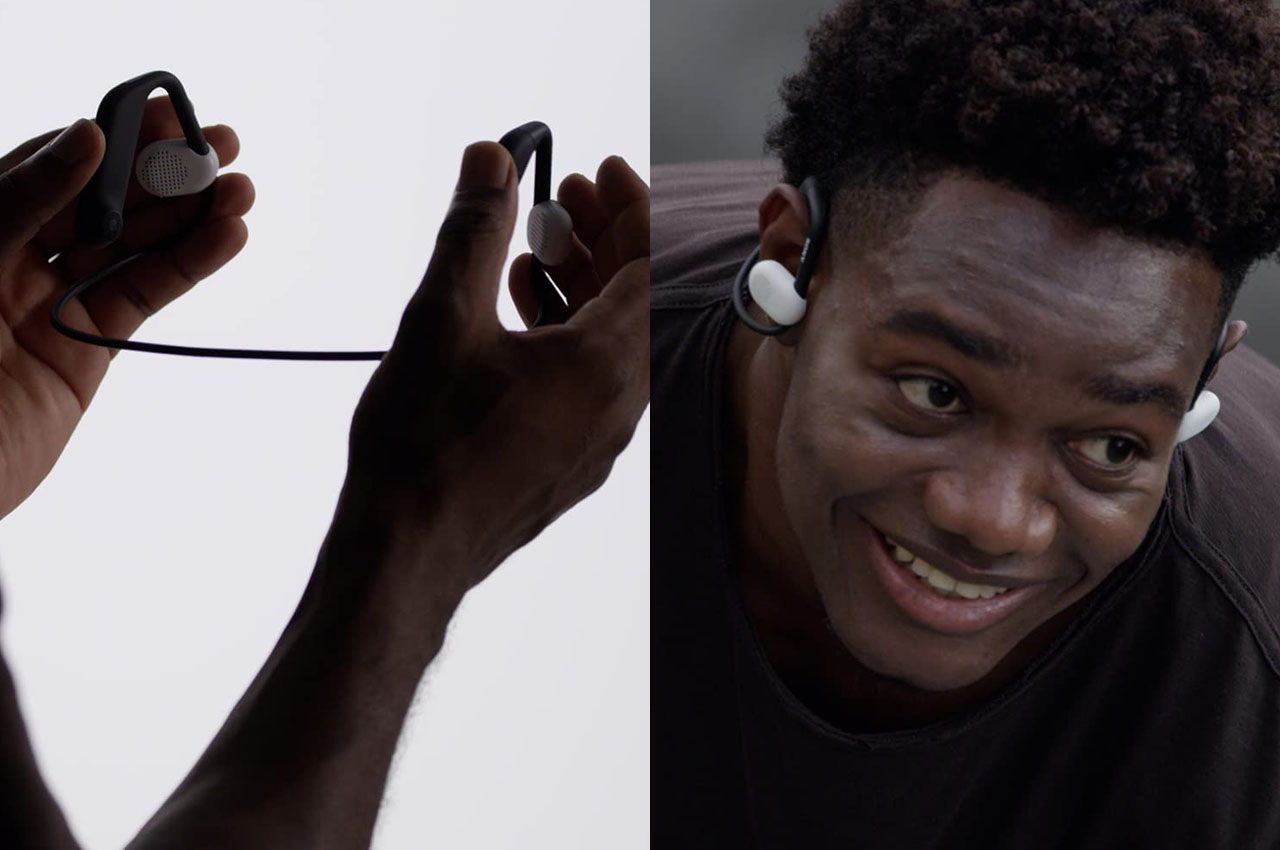
The speakers of the Sony headphones are designed to float in front of the ears so you can enjoy comfort and convenience while running. Since the ears are not stuffed with the buds, the runners or sportspersons do not feel pressure in the ear, even after prolonged usage. The interesting aspect of the Sony device is that it allows you to hear the ambient sound naturally when you are wearing them.
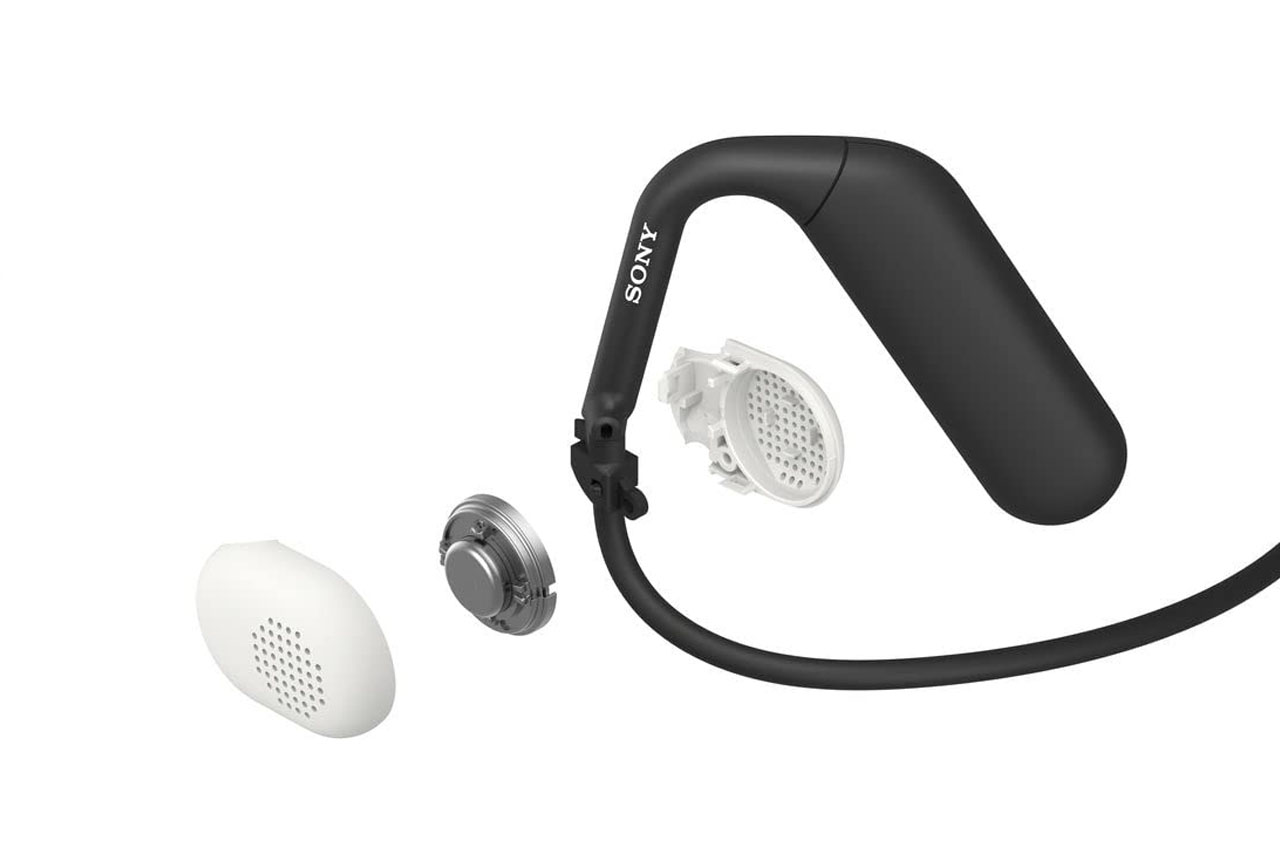

The sound from the outside is naturally heard, so it can be safely worn while walking on the trail, running on the road, or pumping your muscles in the gym. If the sound from the outside is allowed in, the earbuds have to maintain a good speaker standard. To that end, the Float Run come with large, 16mm driver that allows excellent sound, thick base, and treble; though slightly higher volume than usual may be necessary.
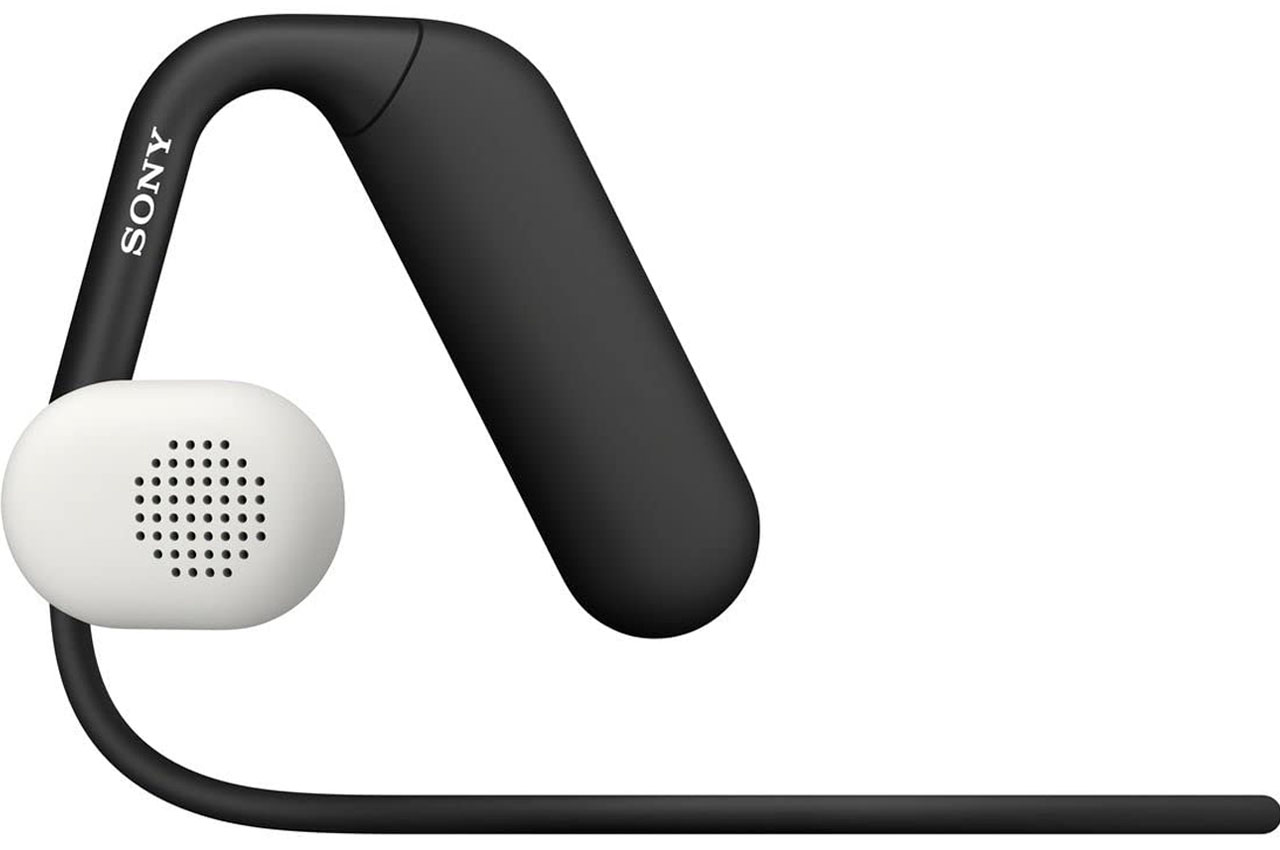
Provided with IPX4 Splash Protection, the Sony earphone, which runs for up to 10 hours on a single charge, would allow you to enjoy music when you are sweating or running in a sudden shower. The Float Run weighs only 33g and is powered through the USB Type-C connector. If you like the idea of an earphone that doesn’t make your ear feel constrained, you can think of taking these home for usage during sports, including running.
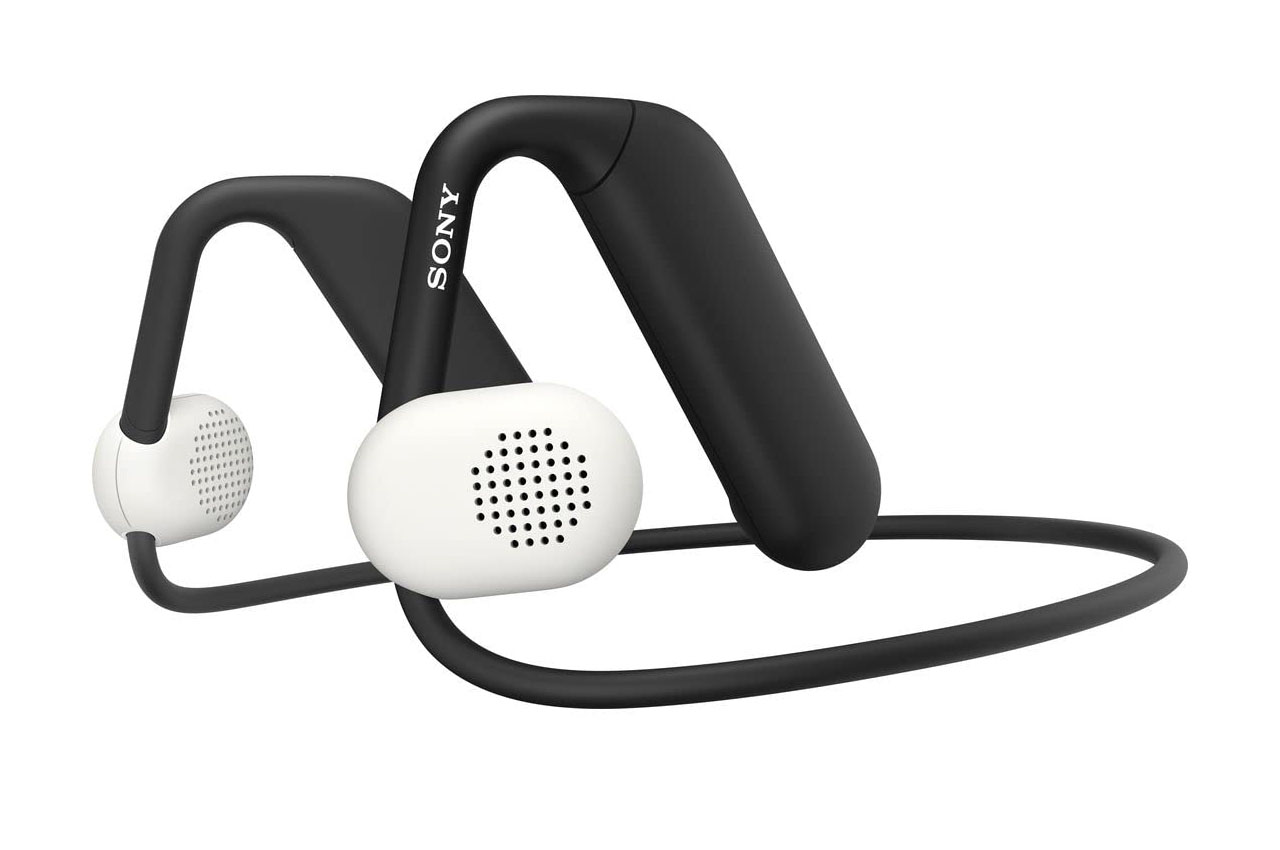
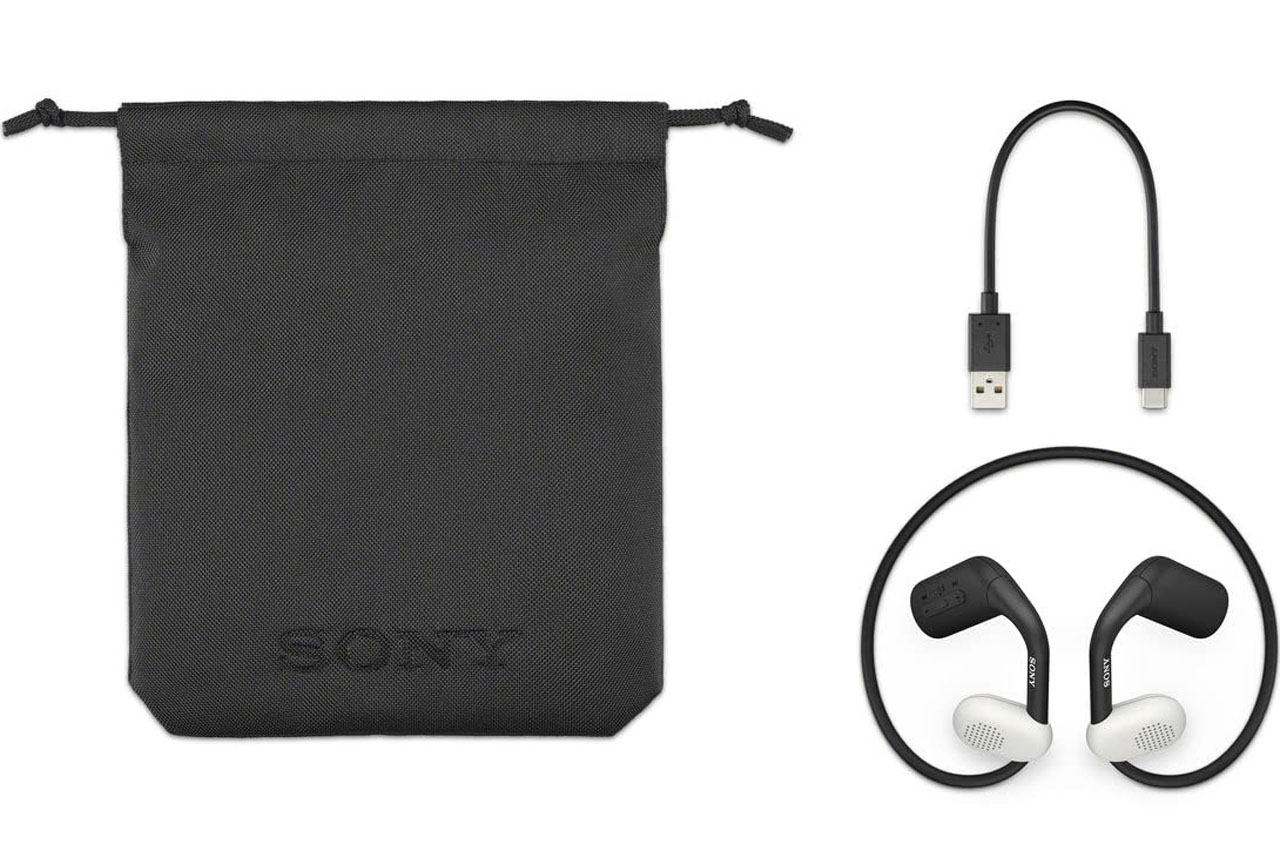
The post Sony redesigns sports earphones with an ‘off-ear’ rendition to ensure comfortable running experience first appeared on Yanko Design.